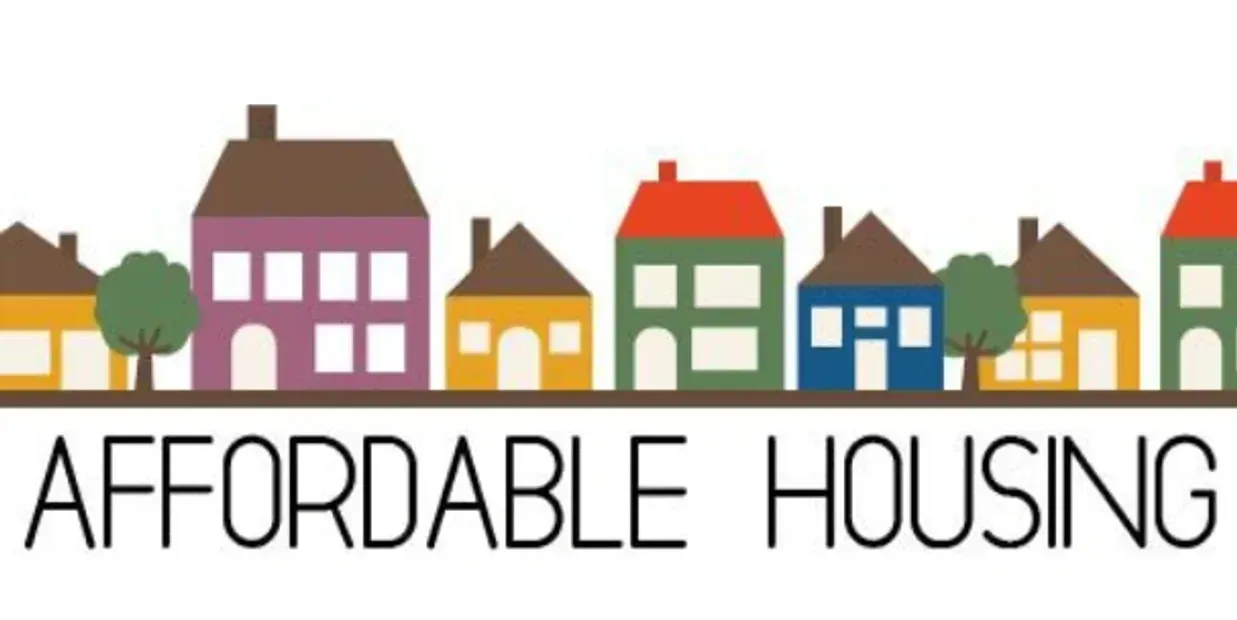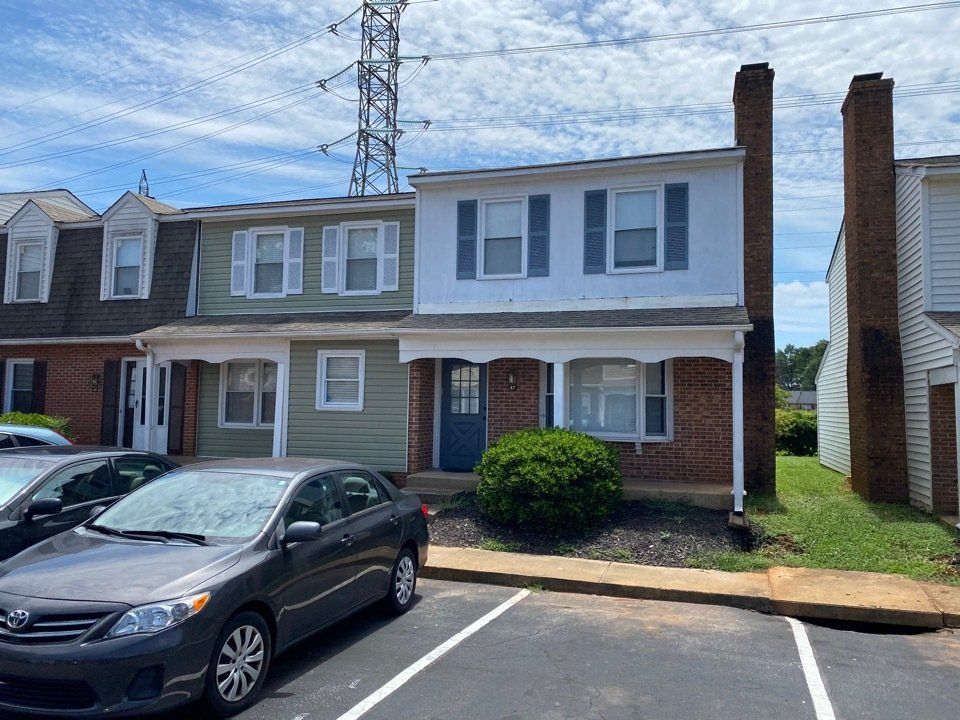BLOG
Affordable upstate
The Resiliency of Affordable Housing Investing in the COVID-19 Era
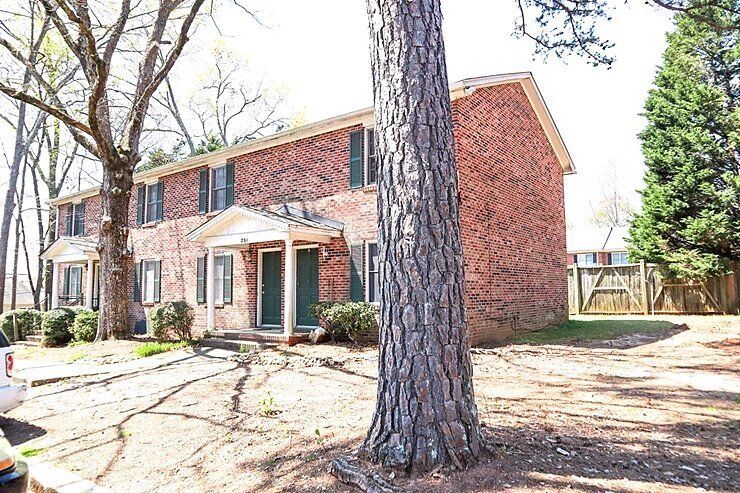
Clemson Townhomes | Clemson, SC
The Affordability Hedge mitigates investment risk through three main pillars: demand, supply, and community support.
The onset of COVID-19 has proven the resiliency of the affordable multifamily market. As vacancy increases in other real estate sectors like office and retail, the multifamily market has remained stable. In fact, national vacancy rates remain under 6 percent and delinquency rates remain under 4 percent.
There is no scenario, economy, or society that will ever lack the need for stable, affordable housing options. With an ever-present demand and a dwindling supply, the affordable housing market is gaining traction in multifamily investments. Shuvam Bhaumik, managing partner for Boston’s CI Holdings Group, describes this phenomenon:
“The more affordable housing market is going to be the blue-chip investment in the real estate market in general. It’s like in the past when people wanted to buy IBM because we were always going to need computers; that’s what affordable housing is today.”
The resiliency of the affordable housing market in COVID-19 can be attributed to what we call the "Affordability Hedge." The Affordability Hedge mitigates investment risk through three main pillars: demand, supply, and community support.
Increased Demand
Prior to the pandemic, the country was experiencing an affordable housing shortage in nearly every city. The COVID-induced recession further exacerbated this shortage as millions of Americans lack access to safe, stable affordable housing options.
Limited Supply
The demand for affordable housing far exceeds the supply—the U.S. has a shortage of nearly 7 million rental homes. Although low- and middle-income households are at a higher risk of pandemic-related financial insecurity, low- and middle-income units have the lowest vacancy rates amongst all asset classes.
Community Support
With moratoriums preventing evictions, it makes sense that vacancy has remained relatively low throughout the pandemic. But what about delinquency? The eviction moratoriums do not excuse rental payments but merely delay them. Attention-grabbing headlines suggest that, once the moratoriums are lifted, millions of Americans will be faced with months of back-logged rent, face eviction, and landlords will lose out on months of payments. If this were the case, we would see rising delinquency to reflect this back-logged rent. However, national delinquency rates remain low—under 4%.
The lack of delinquency shows that rent is, in fact, being paid, although not always through traditional means. In the low-to-middle income asset class, there’s more government, nonprofit, and community support for tenants. Initiatives led by the public and private sectors offering direct rental assistance have minimized the effect of the pandemic on the affordable multifamily market. Thanks to these initiatives, the dreaded ‘backlog of unpaid rents’ has been paid. Here is a list of the latest rental assistance from the 2021 Stimulus Bill.
The need for affordable housing has always, and will always, be present in any economy. The "Affordability Hedge" protects the affordable multifamily industry from vacancy and delinquency, ensuring cash flow and occupancy.
The information contained in this post is provided to you solely for informational purposes only, and is not to be shared, distributed, or otherwise used for any other purpose without direct reference to Affordable Upstate or link back to this post. This post is provided for education and discussion purposes only and does not constitute an offering. Opinions and projections included in this newsletter are provided as of the date of publication, may prove to be inaccurate, and are subject to change without notice. Prospective investors should not treat these materials as advice regarding legal, tax, or investment matters. No recommendations are made to invest in Affordable Upstate nor any other investment. An offering may be made only by delivery of a confidential offering memorandum to appropriate investors. Past performance is no guarantee of future results. Additional information about Affordable Upstate and its performance is available upon request.
